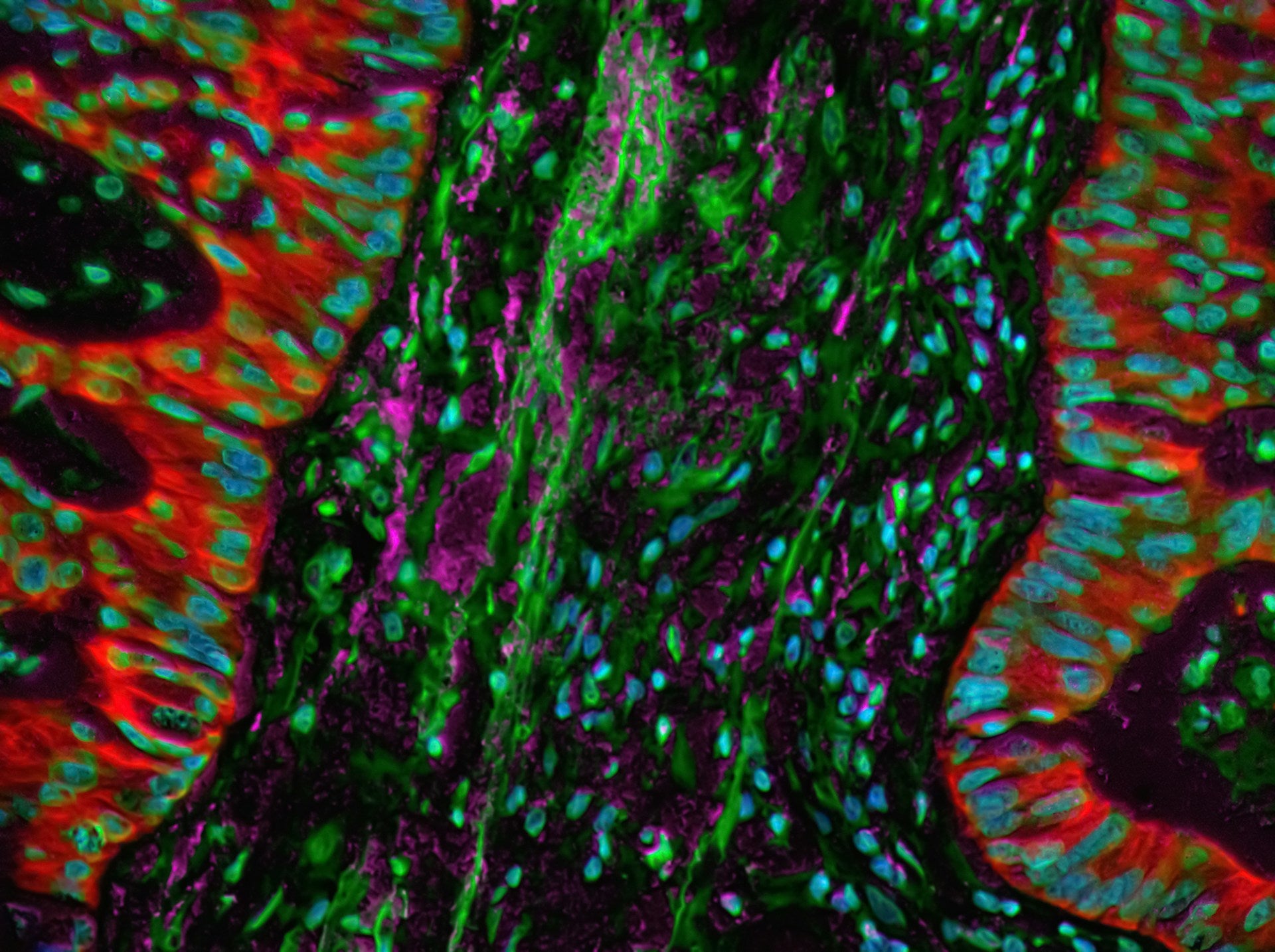The Secret Power of Plant Colors: Eating the Rainbow for Optimal Health

When it comes to nutrition, we often hear that eating more fruits and vegetables is key to a healthy diet. But did you know that the color of your food can be just as important as the quantity? The phrase “eat the rainbow” refers to consuming a variety of colorful plant-based foods to maximize nutrient intake and enjoy the full spectrum of health benefits that nature has to offer.
Each color in the plant world signifies the presence of unique phytonutrients—compounds that offer protection against chronic diseases, boost immunity, and promote overall health. In this blog, we’ll explore the significance of plant colors, the benefits they provide, and simple ways to incorporate them into your diet.

Why Plant Colors Matter
Plants contain a range of natural pigments, each associated with specific nutrients and health benefits. These pigments are responsible for the vibrant reds, greens, purples, and yellows of fruits and vegetables. They belong to groups of phytonutrients such as carotenoids, flavonoids, anthocyanins, and chlorophyll.
Eating a colorful variety of fruits and vegetables is an easy way to ensure you’re getting a diverse range of vitamins, minerals, antioxidants, and other beneficial compounds. Let’s break down the key colors and their unique health contributions.
The Colors of the Rainbow and Their Benefits
-
Red: For Heart Health and Anti-Inflammation
Red foods like tomatoes, red peppers, strawberries, and beets owe their vibrant color to compounds such as lycopene and anthocyanins. Lycopene, in particular, has been linked to heart health, reducing the risk of certain cancers, and combating inflammation. The anthocyanins in berries help protect cells from oxidative stress, contributing to healthy aging and improved cardiovascular health.Top Picks: Tomatoes, red peppers, strawberries, cherries, pomegranates, beets.
-
Orange and Yellow: For Immune Support and Eye Health
Carotenoids like beta-carotene and lutein give orange and yellow foods their bright hues. Beta-carotene, found in carrots and sweet potatoes, is converted into vitamin A in the body, which is essential for good vision, immune function, and skin health. Lutein, found in foods like corn and yellow peppers, is known to promote eye health and reduce the risk of age-related macular degeneration.Top Picks: Carrots, sweet potatoes, pumpkin, mangoes, yellow peppers, corn, apricots.
-
Green: For Detoxification and Bone Health
Green foods are loaded with chlorophyll, vitamins, and minerals that support detoxification and overall health. Cruciferous vegetables like broccoli, kale, and Brussels sprouts are rich in glucosinolates, compounds that may help reduce the risk of cancer. Leafy greens like spinach and Swiss chard are also high in calcium, magnesium, and vitamin K, which are crucial for maintaining strong bones.Top Picks: Spinach, kale, broccoli, Brussels sprouts, avocado, green beans.
-
Blue and Purple: For Brain Health and Anti-Aging
Blue and purple foods get their color from anthocyanins, powerful antioxidants that protect against cellular damage and inflammation. These foods have been linked to improved brain health, better memory, and reduced cognitive decline. The antioxidants in blueberries and purple grapes, for example, can help combat oxidative stress and promote healthy aging.Top Picks: Blueberries, blackberries, eggplant, purple cabbage, plums, purple grapes.
-
White and Brown: For Immune and Heart Health
While not technically part of the rainbow, white and brown foods like garlic, onions, and mushrooms offer unique health benefits. They contain compounds such as allicin and selenium, which support the immune system and have anti-inflammatory and antimicrobial properties. Additionally, these foods contribute to heart health by helping to regulate blood pressure and cholesterol levels.Top Picks: Garlic, onions, cauliflower, mushrooms, potatoes, parsnips.
How to Incorporate More Colors into Your Diet
Adding a variety of colorful foods to your meals doesn’t have to be complicated. Here are some simple ways to eat the rainbow:
-
Start with Smoothies and Salads
Smoothies are an easy way to combine different fruits and vegetables into a single meal. Try blending greens like spinach with red berries, orange mangoes, and a splash of almond milk for a nutrient-dense breakfast. For salads, mix greens with roasted beets, bell peppers, and carrots for a colorful and crunchy dish. -
Roast a Rainbow of Vegetables
Roasted vegetables are not only delicious but also retain their nutrients well. Choose a variety of veggies like sweet potatoes, red onions, bell peppers, and zucchini. Toss them with olive oil, salt, and herbs, and roast until they’re golden and tender. -
Experiment with Stir-Fries
Stir-fries are a great way to incorporate multiple colors into one meal. Use green broccoli, red peppers, orange carrots, and purple cabbage with a simple soy-ginger sauce. You’ll get a medley of flavors and a wide range of nutrients in every bite. -
Add Fruit to Your Desserts
Fruits can make a nutritious addition to desserts. Top your oatmeal, yogurt, or pancakes with a mix of blueberries, raspberries, and sliced bananas for a sweet and colorful twist. You can also try baking fruits like apples or pears with a sprinkle of cinnamon for a warm, satisfying treat. -
Snack on Colorful Options
Keep sliced bell peppers, cherry tomatoes, and berries handy for easy, grab-and-go snacks. This makes it simple to reach for a colorful option instead of processed snacks.
Eating the rainbow isn’t just a catchy phrase; it’s a powerful approach to achieving optimal health. By incorporating a wide range of colorful fruits and vegetables into your diet, you can take advantage of the unique benefits that each color offers. Not only does this add visual appeal to your meals, but it also ensures you’re getting a diverse array of vitamins, minerals, and antioxidants.
So, the next time you’re planning your meals, think about the colors on your plate. Are you missing a few hues? By eating the rainbow, you can boost your health, support your body’s natural functions, and enjoy the vibrant variety that nature provides.





Comments